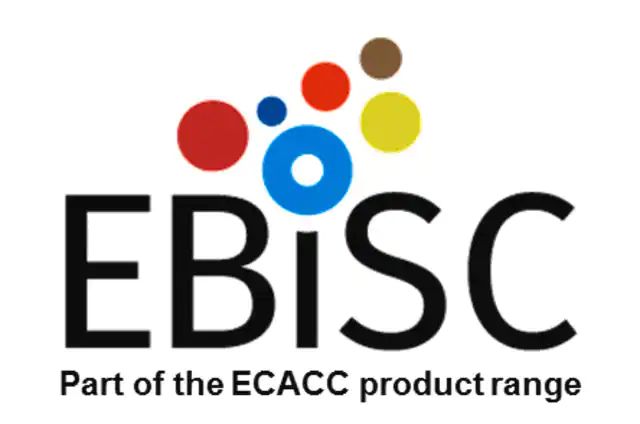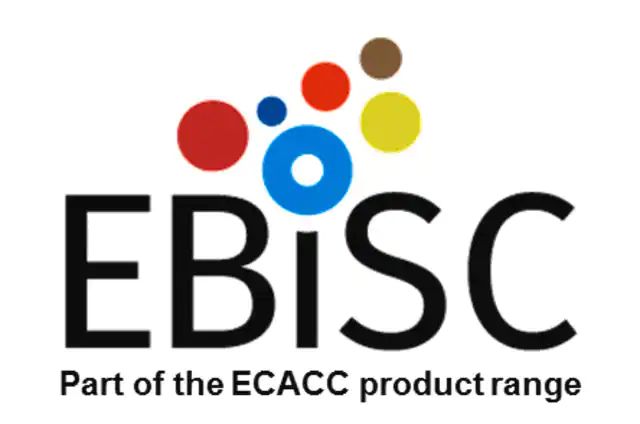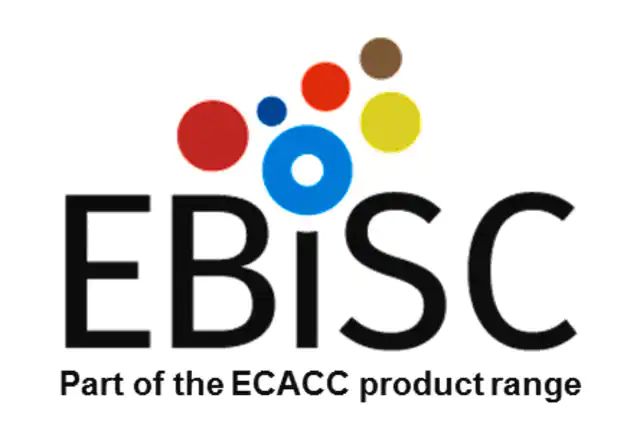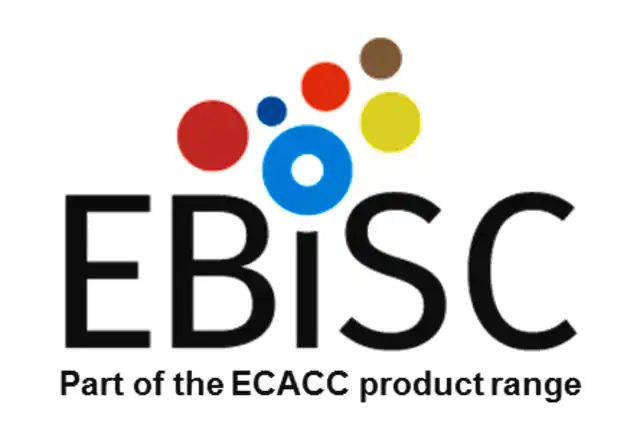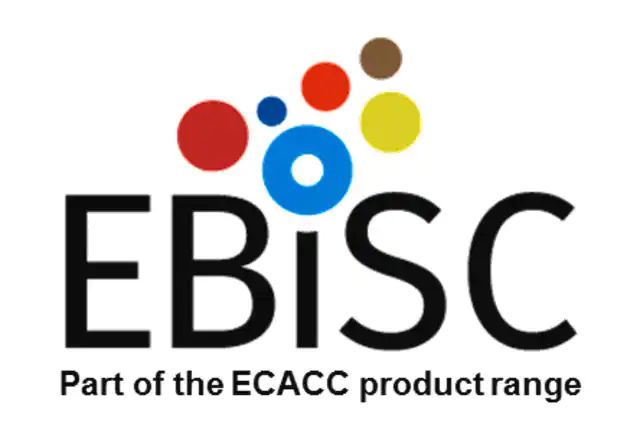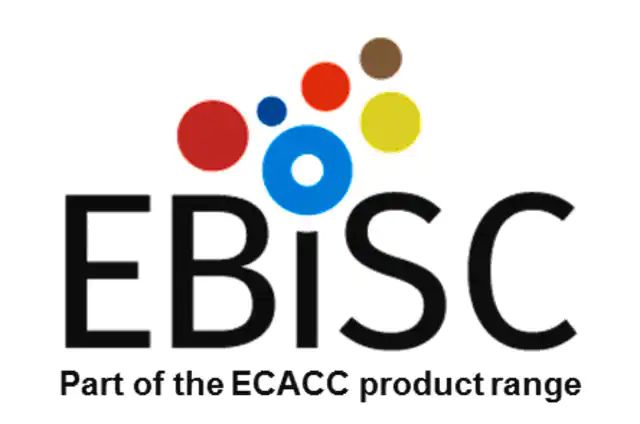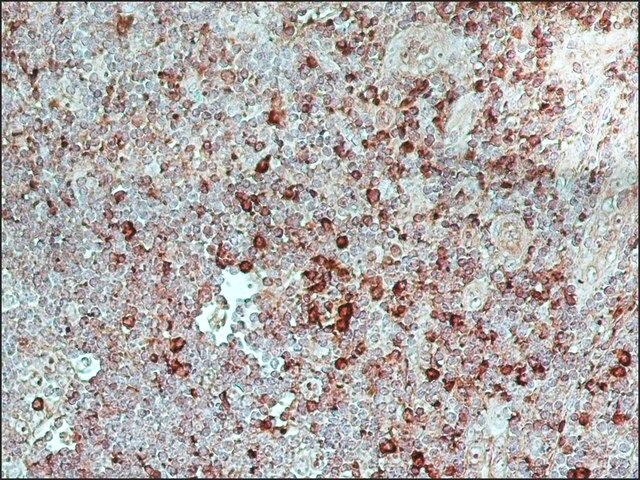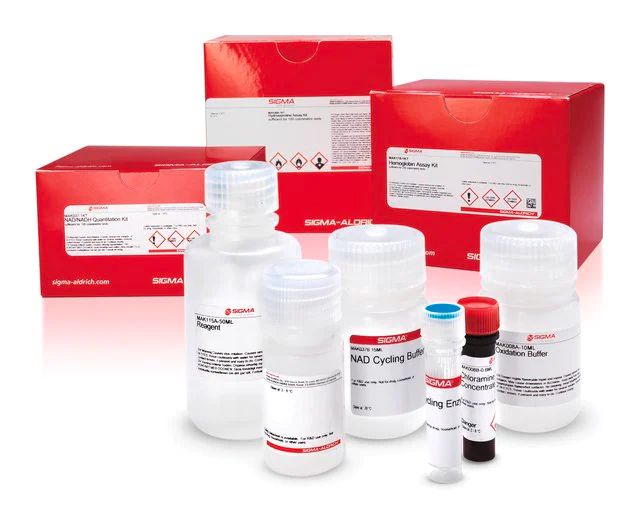产品说明
一般描述
Induced pluripotent stem cells (iPSCs) are adult cells that have been reprogrammed to an embryonic stem cell–like state. The cells can replicate indefinitely or, under controlled conditions, can be differentiated into any other cell type such as nerve, heart or liver cells. Medical researchers are able to use iPS cells to test how different patients might respond to new drugs or to analyse how genetic diseases develop.
The EBiSC stem cell bank is a collection of human iPS cells available to academic and commercial researchers for use in disease modelling and other forms of stem cell research. The initial collection has been generated from a wide range of donors representing specific disease backgrounds and healthy controls. EBiSC has established many routine procedures for collecting, expanding and characterizing human iPS cell lines. The stem cell bank includes iPSC cell lines derived from neurodegenerative diseases (Alzheimer′s Disease, Parkinson′s Disease, Dementia, Motor Neuron Disease (ALS) - and Huntington′s Disease), eye and heart diseases, and lines from healthy control donors for age and sex matching.
细胞系来源
Depositor
Klinikum der Universität zu Köln
细胞系描述
Derivation
Primary cell type: Peripheral blood mononuclear cell
Tissue collection year: 2016
Passage number reprogrammed: 0
Reprogramming method
Vector type: Non-integrating
Vector: Sendai virus
Gene list:
KLF4
MYC
POU5F1
SOX2
Is the reprogramming vector detectable: No
Merthods used: immune_staining, pcr
Notes on reprogramming vector detection: sendai virus absent
Files showing reprogramming vector expressed or silenced: Image / Result
Xeno free conditions: no
Derived under gmp: no
Available as clinical grade: no
Characterization
Analysis of Undifferentiated Cells
Marker expression:
Marker Expressed Immunostaining RT-PCR FACS Enzymatic Assay Expression Profiles
DNMT3b Yes -
SOX2 Yes -
OCT 4 Yes - -
FOXD3 Yes -
NANOG Yes - -
SSEA-1 Yes -
TRA 1-80 Yes - -
SSEA-4 Yes - -
CD90 Yes -
Morphology:
morphology pictures of NP0081-11 before banking and of the thawing control
morphology pictures of NP0081-11 before banking and of the thawing control
morphology pictures of NP0081-11 before banking and of the thawing control
Differentiation potency
Ectoderm:
Ectoderm
In vitro directed differentiation
Marker Expressed
Nestin Yes
Morphology:
expression of NESTIN in differentiated iPS cell line NP0081-11
Endoderm:
Endoderm
In vitro directed differentiation
Marker Expressed
SOX17 Yes
Morphology:
expression of SOX17 in differentiated iPS cell line NP0081-11
Mesoderm:
Mesoderm
In vitro directed differentiation
Marker Expressed
BRACHYURY Yes
Morphology:
expression of BRACHYURY in differentiated iPS cell line NP0081-11
Microbiology / Virus Screening
HIV 1: Negative
HIV 2: Negative
Hepatitis B: Negative
Hepatitis C: Negative
Mycoplasma: Negative
Sterility
Inoculation for microbiological growth: No Contaminants Detected
Mycoplasma: Not Detected
Viability: Viable post-cryopreservation
Genotyping
Karyotyping
Passage number: 38
Cell line karyotype: No larger chromosomal aberrations to be reported
Karyotyping method: Molecular karyotyping by SNP array
Image / Result
STR/Fingerprinting: A 16 allele profile has been recorded and data is available upon request, after cell line purchase.
联系
- Additional Cell Line Info
- EBiSC Access Use Agreement (EAUA)
- Cell Line Information Pack (CLIP)
Note: EAUA and CLIP must be completed before order fulfillment
传代培养常规
Medium: -
Passage method: -
Matrix: -
CO2 concentration: -
O2 concentration: -
Temperature: -
法律信息
EBiSC is a trademark of Fraunhofer-Gesellschaft
产品性质
| 生物来源 | human peripheral blood |
| 重编程方法 | Sendai virus |
| 描述 | age (20-24) |
| manufacturer/tradename | EBiSC™ |
| 性别 | female |
| 生长模式 | adherent (pluripotent) |
| technique(s) | cell culture | stem cell: suitable |
| 相关疾病 | familial long QT syndrome |
| 运输 | dry ice |
| 储存温度 | −196℃ |
安全信息
| 储存分类代码 | 10 - Combustible liquids |
| WGK | WGK 3 |
| 闪点(F) | Not applicable |
| 闪点(C) | Not applicable |

